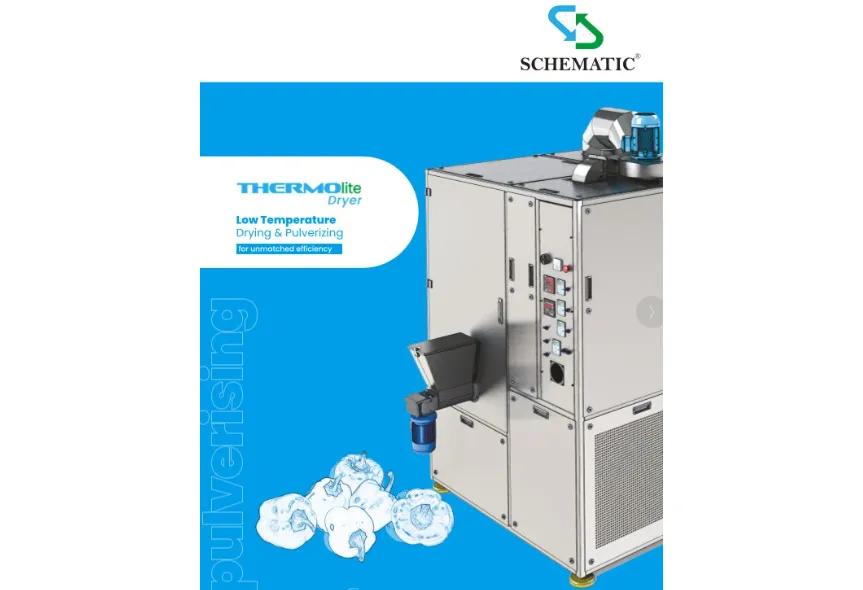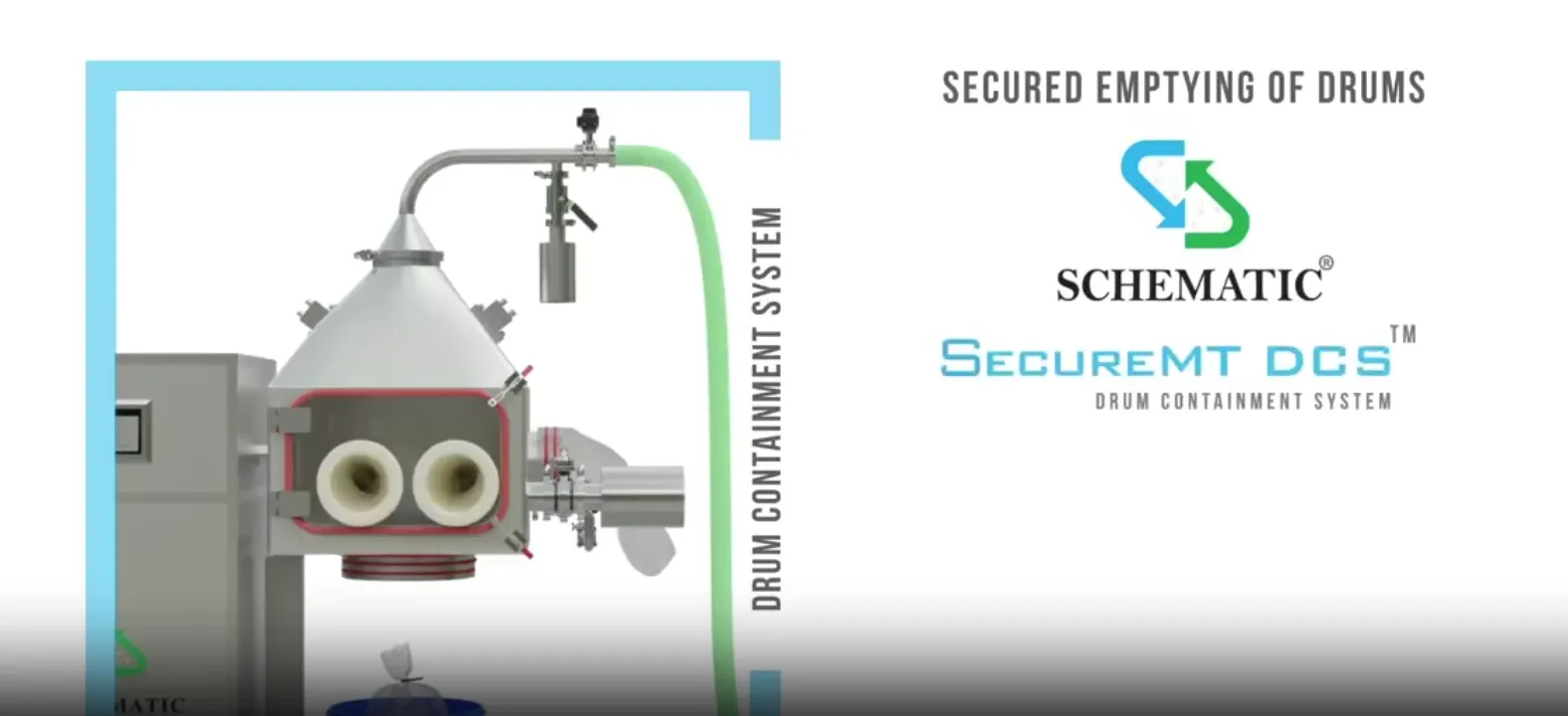.webp)
.webp)
June 26, 2025
Choosing Containment Wisely: Understanding OEB Levels and Equipment Solutions
Occupational Exposure Bands, or OEBs, are classification levels that determine how hazardous a substance is to workers when inhaled, ingested or contacted. In pharmaceutical and high-potency material handling, understanding OEB levels is essential to choosing the correct containment equipment. A mismatch between material hazard and containment level can result in operator exposure, regulatory non-compliance and even production shutdowns.
At Schematic Engineering Industries, the goal is to ensure operators are protected while maintaining the highest standards of cleanliness, efficiency and regulatory adherence. This begins with accurately identifying the OEB of the substance being handled and aligning that with an appropriate isolator or containment solution.
What Are OEB Levels?
OEB levels categorise materials into different bands based on their toxicity, potency and health risks. Typically ranging from OEB 1 to OEB 5 or OEB 6 (depending on the framework), each level outlines the maximum airborne concentration that workers can safely be exposed to over an 8-hour workday.
For example:
- OEB 1 includes substances with low toxicity, requiring minimal containment.
- OEB 3 and OEB 4 represent moderate to high-risk materials needing controlled environments.
- OEB 5 and above involve highly potent or cytotoxic substances, demanding strict isolation.
Schematic Engineering Industries works with clients across the pharmaceutical, chemical and biotech sectors to identify the proper containment strategy for each OEB level. This ensures both process integrity and personnel safety.
Isolators: Tailoring Containment to Hazard Level
One of the most effective ways to manage hazardous materials is through isolator systems. These sealed units allow operators to handle substances without direct contact, preventing the escape of airborne particles and protecting both personnel and the external environment.
At Schematic Engineering Industries, isolators are designed to suit a range of OEB levels:
- For OEB 3 materials, basic glovebox isolators with HEPA filtration provide reliable protection for standard processing tasks.
- OEB 4 environments often require negative pressure isolators with dual filtration and safe-change systems to prevent contamination during maintenance.
- For OEB 5 substances, high-containment isolators are built with multiple airlocks, pressure cascade systems and integrated wash-in-place (WIP) features to prevent exposure at all stages of handling.
Each isolator is engineered to align with the specific risk profile of the material and the operational requirements of the facility.
Closed Handling Systems and Powder Transfer
Powder containment, particularly at high OEB levels, requires equipment that eliminates open transfer points. Schematic Engineering Industries provides powder transfer systems designed for closed-loop handling. These systems allow for the movement of powders from drums to process vessels without breaching containment, which is especially critical in OEB 4 and OEB 5 classifications.
These systems are often paired with custom isolators, split butterfly valves (SBVs) and docking stations to maintain full containment integrity. This approach helps facilities minimise cross-contamination, reduce operator exposure and meet global containment regulations.
Choosing the Right Containment Strategy
Selecting the right containment equipment goes beyond just understanding OEB levels. It involves evaluating process complexity, batch size, cleaning protocols and facility layout.
For example:
- A small-scale R&D facility handling OEB 4 materials may benefit from a flexible, modular isolator system that supports fast changeovers.
- A large-scale commercial plant processing OEB 5 compounds may require fixed isolators with integrated automation and clean-in-place systems to reduce manual handling.
Schematic Engineering Industries conducts application assessments to recommend solutions that balance containment, usability and maintenance. Each design is adapted to the client’s process workflow while adhering to containment requirements.
Supporting Compliance and Global Standards
Containment is closely tied to regulatory compliance. Global guidelines such as EU GMP Annex 1, OSHA exposure limits and ISPE good practice guides all place strong emphasis on protecting personnel from hazardous materials.
Schematic Engineering Industries ensures its equipment meets the required containment performance targets, including OELs (Occupational Exposure Limits) and DECs (Dust Exposure Classes). All systems are tested using industry-standard methods such as SMEPAC testing to validate performance.
Additionally, documentation and validation support are provided to help clients demonstrate compliance during audits and regulatory inspections.
Integrating Containment with Production Efficiency
Safety doesn’t need to come at the cost of productivity. Schematic Engineering Industries designs isolators and containment systems to be operator-friendly, fast to clean and easy to integrate into existing production lines.
Key features offered across equipment lines include:
- Ergonomic glove port placement for operator comfort
- Visibility panels for clear process monitoring
- Quick-decontamination cycles to reduce downtime
- Modular construction for adaptable configurations
These design choices ensure that operator safety is maintained without compromising the speed, flexibility or reliability of production.
Internal Links Suggestions:
- Link to Isolator Systems Overview
- Link to Powder Transfer Containment Solutions
- Link to Validation and Testing Services
- Link to Contact Page
Safe containment starts with understanding your hazard level and choosing the right equipment. For tailored solutions that meet your OEB requirements, contact the team at Schematic Engineering Industries today and discover how our isolators and containment systems can support your process safety and compliance.












